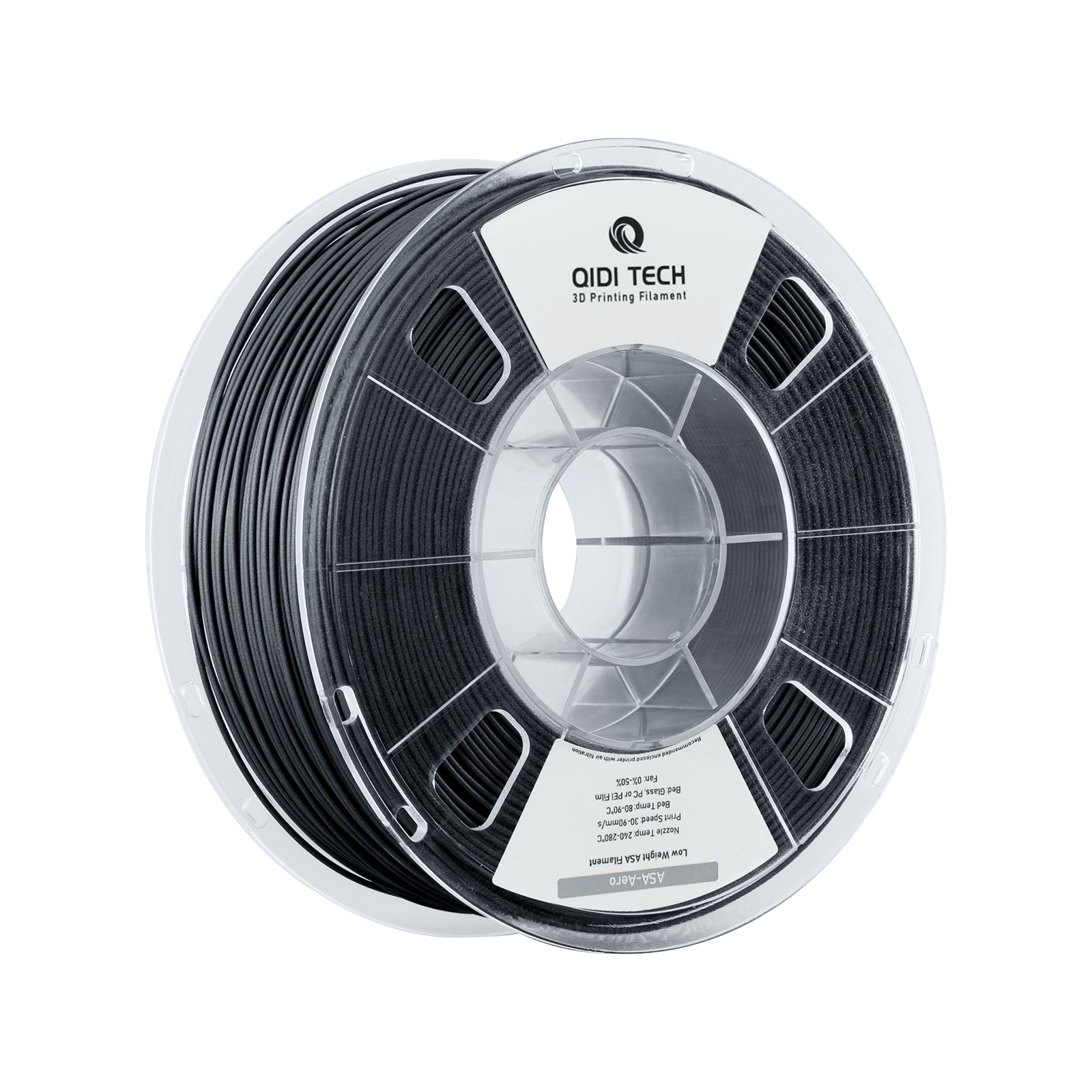Unlock the Secrets to Sourcing Premium 3D Printing Materials for Next-Level Drone Innovation!
In the rapidly evolving landscape of drone technology, 3D printing materials play a pivotal role in shaping the future of drone manufacturing. The ability to design and produce customized drone components with precision can significantly enhance performance, reduce costs, and expedite production timelines. As the demand for drones continues to soar—be it for recreational, commercial, or industrial use—the significance of sourcing high-quality 3D printing materials cannot be overstated. From lightweight plastics to robust metal composites, the right materials can lead to innovations that push the boundaries of what drones can achieve. In this article, we'll delve into the various types of 3D printing materials suited for drone production and explore how to find the best sources for them, ensuring that your drone projects are not just functional but exceptional.

Understanding 3D Printing Materials for Drones
When it comes to 3D printing for drones, the choice of materials is crucial. The most common types of 3D printing materials include various plastics, metals, and composites, each with unique characteristics that can influence drone performance. For instance, thermoplastics like ABS (Acrylonitrile Butadiene Styrene) and PLA (Polylactic Acid) are popular due to their lightweight nature and ease of printing. They are ideal for prototyping and less demanding applications. On the other hand, materials like Nylon offer enhanced flexibility and strength, making them suitable for parts that require durability under stress.
Metals, particularly aluminum and titanium, are gaining traction in drone manufacturing for their superior strength-to-weight ratios. These materials are often used in structural components that must withstand rigorous conditions. Additionally, composites, which combine plastic and carbon fiber, are at the forefront of innovation, providing exceptional strength while remaining lightweight. Each material's properties—such as tensile strength, flexibility, and thermal resistance—make them ideal candidates for specific drone applications. Understanding these materials and their respective benefits is essential for anyone looking to innovate in the drone industry.
Key Factors to Consider When Sourcing Materials
Choosing the right 3D printing materials for drones goes beyond just selecting a type; it involves understanding several key factors that influence compatibility and performance. First, consider the material’s compatibility with your printer. Not all printers can handle every type of material, so it’s vital to ensure that your printing equipment can process the selected material effectively.
Next, environmental conditions play a significant role in material selection. Drones may operate in various environments, including extreme temperatures, humidity, and exposure to UV light. Therefore, sourcing materials that can withstand specific environmental challenges is crucial for maintaining drone integrity. Lastly, the manufacturing process is another essential factor. Different materials may require specific printing techniques, such as varying temperatures or print speeds, which can impact the final product's quality. By considering these elements, you can make informed decisions that enhance your drone's performance and longevity.
Where to Find Quality 3D Printing Materials
Finding reliable sources for high-quality 3D printing materials is key to successful drone production. Many online platforms specialize in 3D printing materials, offering a vast selection that includes everything from basic plastics to advanced composite materials. Online marketplaces often provide user reviews and ratings, which can help you gauge the quality and reliability of the materials before making a purchase.
In addition to online options, local suppliers and specialty stores can be valuable resources. Visiting a local store allows you to physically inspect the materials, ensuring they meet your quality standards. Furthermore, engaging with local suppliers can foster relationships that may lead to better deals and access to exclusive materials. Networking within the drone community is another effective way to discover hidden gems. Other enthusiasts and professionals can share their experiences and recommend reputable sources, making your search for quality materials more efficient.
Innovative Trends in 3D Printing Materials for Drones
The world of 3D printing materials is constantly evolving, with innovative trends that are significantly impacting drone technology. One notable trend is the development of biodegradable materials, which aim to reduce the environmental footprint of drone manufacturing. As sustainability becomes increasingly important, these materials offer a way to create drones that are not only efficient but also environmentally friendly.
Another exciting trend is the advancement in smart materials that can change properties in response to environmental stimuli. These materials can enhance drone functionality, such as altering stiffness or shape during flight, which opens up new possibilities for design and performance. Additionally, the rise of metal 3D printing technologies is paving the way for more robust drone components, pushing the limits of what can be achieved through additive manufacturing. Staying abreast of these trends will not only inform your material choices but also inspire innovative designs that set your drones apart in a competitive market.
Key Takeaways for Sourcing 3D Printing Materials
In conclusion, sourcing premium 3D printing materials is fundamental to advancing drone technology and ensuring high performance in your projects. By understanding the various types of materials available, considering key factors affecting material selection, and knowing where to find reliable sources, you are well-equipped to embark on your next drone innovation. Embracing emerging trends and staying informed about material advancements will further enhance your ability to create cutting-edge drones that meet the demands of an ever-evolving market. As you dive into the world of 3D printing for drones, remember that the quality of your materials can make all the difference in achieving exceptional results.






